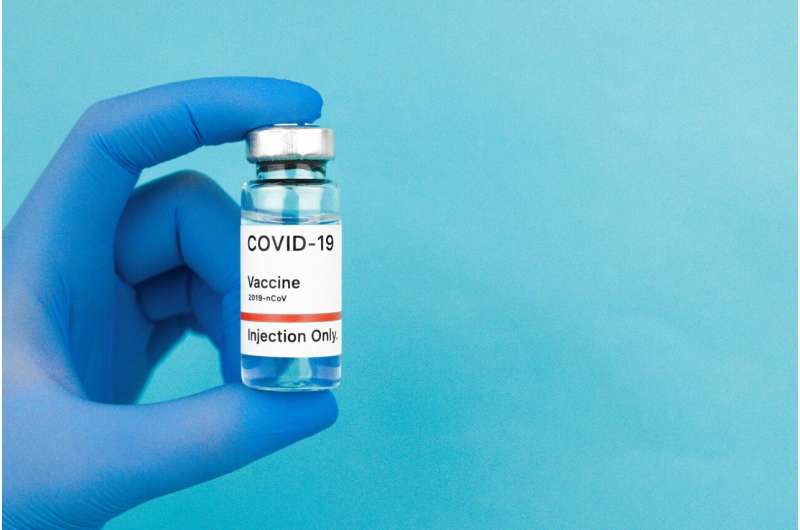Study Highlights Differences Between Treadmill and Outdoor Running Using Wearable Technology

A recent study using wearable sensors reveals significant biomechanical differences between treadmill and outdoor running, offering insights into injury risk and prevention strategies.
Recent research leveraging advanced wearable technologies has shed light on how running conditions affect injury risk, emphasizing notable differences between treadmill and outdoor running. Traditionally, studies on running biomechanics and injury prevention were conducted solely in laboratory settings using treadmills, which do not perfectly replicate real-world running scenarios. Recognizing this limitation, scientists from the University of Connecticut and Harvard Medical School have utilized ankle and chest sensors to collect real-world data during outdoor runs.
The study involved 28 healthy adult runners who ran 8 kilometers both on a treadmill and a flat outdoor sidewalk. Researchers focused on two key indicators associated with injury risk: step rate and tibial acceleration. Step rate measures how many steps a runner takes over a distance, and higher step rates have been linked to lower impact forces, thus reducing injury risk. Tibial acceleration indicates the impact load transmitted through the leg during running.
Findings revealed that although step rates were similar between treadmill and outdoor running, outdoor runners tended to increase their step rate gradually during their runs. This adaptive response may help mitigate impact forces over time. Notably, peak tibial acceleration was significantly higher when running outdoors compared to treadmill running, suggesting that outdoor running may subject the body to greater impact forces.
These insights are particularly relevant for designing injury prevention strategies, not only for recreational runners but also for military personnel and ROTC cadets, who often experience similar injuries. The study emphasizes the importance of measuring real-world running dynamics, as treadmill data alone may underestimate the forces experienced during outdoor running.
As wearable technology continues to improve, researchers and clinicians will gain better tools to monitor injury risk factors in everyday settings. Ultimately, understanding the differences in impact and biomechanics between treadmill and outdoor running can help develop more effective injury prevention and training programs.
For further details, see the full study: Michelle M. Bruneau et al, "Comparison of Step Rate and Tibial Acceleration During Treadmill and Real-world Running," JOSPT Open (2024). Source: https://medicalxpress.com/news/2025-05-wearable-technologies-power-differences-treadmill.html
Stay Updated with Mia's Feed
Get the latest health & wellness insights delivered straight to your inbox.
Related Articles
Increased Seizure Risk in Older Adults with Pain and Antidepressant Combo
A new study links the combination of tramadol and certain antidepressants to increased seizure risk in older adults, highlighting the need for careful prescribing practices.
Australian Study Confirms Link Between mRNA COVID-19 Vaccines and Menstrual Cycle Changes
A new Australian study confirms that mRNA COVID-19 vaccines are associated with temporary menstrual cycle changes, emphasizing the importance of community listening and advanced data analysis in public health.
Impact of State Flavored E-Cigarette Bans on Tobacco Use Among Young Adults
State bans on flavored e-cigarettes may reduce vaping but are linked to an increase in traditional cigarette use among young adults, raising health concerns.



